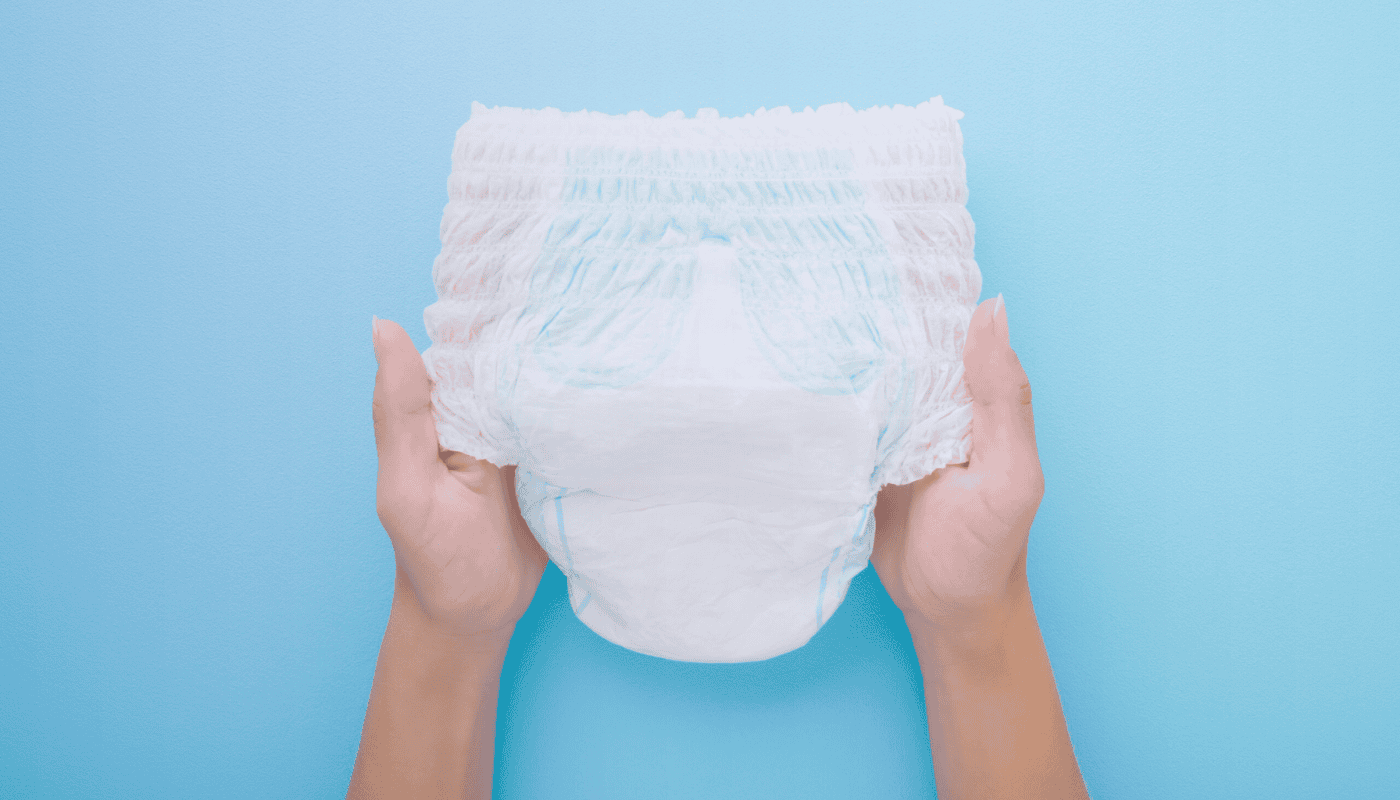Incontinence is a topic often hidden in secrecy, yet it affects millions of people. We understand the importance of addressing this sensitive issue and aiding those affected in leading active and fulfilling lives. In this article, we will get into the basics of the various forms of incontinence, how to recognize them, and the assistance available.

Incontinence refers to the involuntary loss of urine, whether sporadic or in larger amounts. It’s a broad term that can affect individuals of all ages and genders, significantly impacting their quality of life.
Uncontrolled urine loss during physical exertion such as coughing, sneezing, or lifting heavy objects, more common in women due to weakened pelvic floor muscles.
Sudden, uncontrollable urge to urinate, even when the bladder isn’t full, often caused by overactivity of the bladder muscles.
Occurs when the bladder cannot empty completely, leading to continuous urine overflow, particularly in older men with an enlarged prostate or due to urinary tract narrowing.
Besides the mentioned types, mixed forms can occur, or incontinence can stem from neurological conditions, injuries, or medication side effects.
This occurs when a person cannot reach the toilet in time to urinate, despite no physical problems affecting bladder control. It may be due to mobility issues, cognitive impairments, or other obstacles.
Combines features of several types, such as stress and urge incontinence, leading to uncontrolled urine loss during physical exertion and sudden urges.
Various signs indicate possible incontinence. Besides uncontrollable urine loss, other symptoms warrant attention:
Feeling the need to visit the toilet often, even when the bladder isn’t full, could indicate potential incontinence, significantly affecting daily life and requiring medical evaluation.
Nighttime bedwetting, known as nocturnal enuresis, in adults could signify underlying incontinence, with causes ranging from hormonal imbalances to neurological issues, needing thorough medical assessment.
A sudden increase in trips to the toilet may indicate bladder dysfunction, affecting both daytime bathroom visits and nighttime awakenings. Monitoring these changes and seeking medical advice is crucial.
It’s essential to take these symptoms seriously and consult a healthcare professional to determine the cause and take appropriate measures. Incontinence can have various causes, including anatomical issues, neurological disorders, hormonal changes, or medication side effects. A comprehensive diagnosis is crucial for selecting specific interventions and treatment options to enhance quality of life.
Recognizing incontinence can be challenging as many affected individuals remain silent due to shame or fear of stigma. However, it’s crucial to sensitively respond to signs and offer support. This can be through open conversations, providing information on aids and treatment options, or simply offering emotional support.
Open dialogues can help break the stigma surrounding incontinence and make those affected feel less alone. It’s essential to approach the topic with empathy and respect, encouraging affected individuals to seek medical help.
For those affected, knowing that there are solutions and aids available to help them lead normal lives can be a relief. With our wide range of incontinence products, you’ll certainly find a suitable solution tailored to your individual needs. Our products offer not only comfort and discretion but also reliability and security.
To learn more about our solutions and products, please click here: Our range of incontinence products.
We offer a variety of products, including pads / inlays, undersheets, pants, and other specialized products to help you manage your everyday life despite being affected.
We aim not only to provide high-quality products to those affected by incontinence but also comprehensive support, physical health, and information.
Our goal is to help individuals with incontinence enjoy life to the fullest and not let their condition restrict them. Thanks to modern technology, there are now numerous solutions that enable those affected to lead active and fulfilling lives. From specialized incontinence products to medical therapies, medication treatments, and psychosocial support, there are many ways to improve quality of life. It’s essential to educate oneself about the available options and consider individual needs such as suitable incontinence materials.
Incontinence is a widespread yet often underestimated issue that affects many lives. It’s crucial to break the taboo and offer those affected the support they need to lead self-determined lives. Let’s work together to ensure that incontinence is no longer a taboo topic and that those affected receive the help they deserve.
There are no results matching your search
Meditrade GmbH
Medipark 1
D-83088 Kiefersfelden
Germany